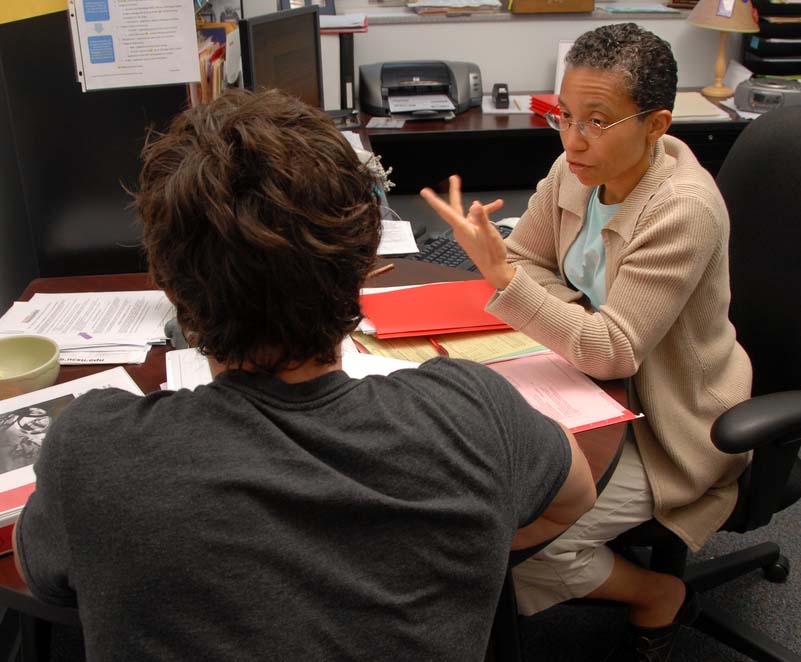
The final series of GradeUP! posts are to get you ready for your final exams. I’m going to start with a way to test your understanding and readiness for any test, any subject, anywhere, anytime. I call it the “Gut Check” because it’s all about what you feel and not what you know. This may sound like an unusual approach to test prep but trust me – there is no better way – the gut always knows, let me explain.When it’s time to be tested on what you know, you want to believe you’re ready, but how do you know? You’re probably thinking; study, take the test, get my grade, then I’ll know. Don’t rely on just want you think about your level of preparation, you need to know how you “feel” about it, that’s the Gut Check. Here’s how it works:
- Once you think you have prepared well for a test, find a quiet place where you can sit comfortably and close your eyes.
- See yourself in the moment of the test with the exam in front of you.
- See your hand come down and write your name on the test.
- Don’t think – just feel.
- Does your heart start to race?
- Do your palms get sweaty?
- Does your butt pucker up a little?
All of these responses are triggered by the same emotion – fear. Whether you want to know it or not, your heart and your gut are telling you the truth: you are not ready. You can’t think your way around fear. If you don’t work harder to get ready for your tests, you will go into your exams unprepared, nervous and unable to use what you do know. Be honest with yourself and use the Gut Check to know you’re ready for your finals and all tests in the future. If you want the truth, ask your heart and your gut because they will always be honest with you.
Look through the GradeUP! Challenges for information on how to prepare for a test if your Gut Check says you’re not ready. All previous GradeUP! Challenges are available on the GradeUP! Challenge Week-by-Week page.






 In the last post, I talked about how to use your textbook to prepare for and get the most out of your classes. You’re a few weeks into the semester so you’re probably preparing for a test on the material you’ve covered so far – let’s talk about how you prep for that.
In the last post, I talked about how to use your textbook to prepare for and get the most out of your classes. You’re a few weeks into the semester so you’re probably preparing for a test on the material you’ve covered so far – let’s talk about how you prep for that.

